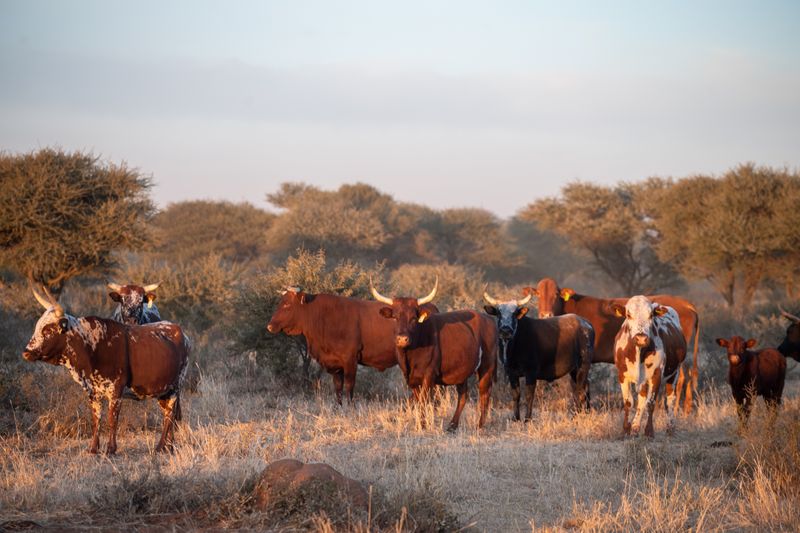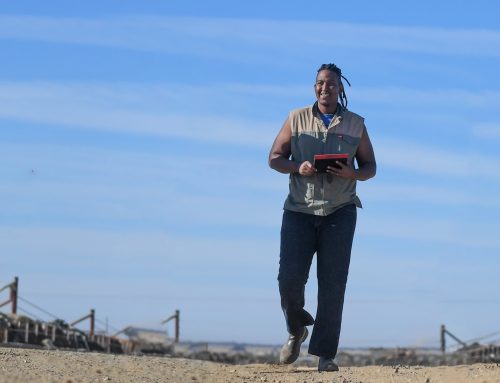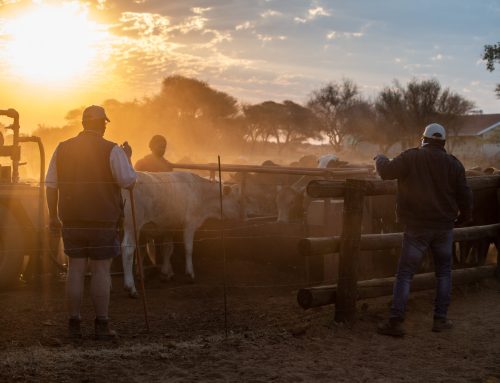Industry role-players urged to act responsibly
July 2022: With very little information being released regarding the current foot-and-mouth disease (FMD) outbreaks in central South Africa, industry players are warning that vigilance is now more critical than ever, with many saying that the disease is far from under control.
“There is a perception that FMD is no longer posing a threat. But the reality is that FMD is still rife,” says Dr Shaun Morris, Veterinary Surgeon. “What we are seeing on the ground is evidence of disease. It is a massive problem.”
He says that the predominant strain of the virus in circulation is the SAT 3 virus, based on serological results obtained.
“The problem is that the virus induces very mild clinical signs in cattle that are exposed to the virus and it may be that if a person is not aware of what signs to look for, the disease may go unnoticed in a herd of cattle.”
His comments come off the back of yesterday’s announcement that three more cases of FMD have been confirmed in central South Africa. In one case, the source of the outbreak was confirmed as a result of the movement of animals.
Roelie van Reenen, supply chain executive at Beefmaster Group, a leading specialist supplier of beef products to South Africa and global markets, echoes Dr Morris’s comments, adding that if FMD is not brought under control, the ramifications for the entire industry are dire.
“The threat that FMD poses to the cattle industry is tremendous. All industry role-players need to take seriously their responsibility to help limit the spread of the disease as much as possible, as we cannot expect government authorities alone to clamp down on it. We simply have to stop it from spreading further, ” says van Reenen.
He says that one way to do this is to limit the movement of cattle, and, when buying cattle, to insist on veterinary inspections and sign-off.
Dr Morris adds that the provincial veterinary departments are busy with ongoing surveillance to try and ascertain how far and wide the disease has spread, as only with this information will all parties be able to control “a disease that is certainly not under control at this stage.”
Van Reenen adds that many industry role players have already gone to great lengths at feedlots and farms to try to limit or prevent the outbreak of disease, for example, with the installation of bubble or isolation hubs, there is the opportunity to do more.
“If procuring cattle from large gatherings, one way to mitigate the potential of disease outbreak is to insist on biosecurity measures. This may include investigating the biosecurity measures that are in place at the gathering as well as insisting that cattle are quarantined for certain periods – a minimum of 28 days – and signed off as healthy and disease free by only qualified vets.”
Van Reenen says the biggest challenge is complacency and continuing as if there is no immediate threat or danger.
“We cannot continue to do business without robust biosecurity in place. It is no longer safe to rely on relationships or history and to say ‘I know where my cattle comes from because I’ve been buying from this place for many years’. No one is safe from FMD and the only way we are going to tackle it is if we are serious and accept that we need strict measures in place,” says van Reenen.
He adds that this is especially so given that beef is being touted to be a major future contributor to the red meat industry’s growth, which is expected to add more than R12 billion to South Africa’s agricultural GDP per annum by 2030.
“The beef industry has been focussed on opening up new markets for our products over the last few years. We cannot afford to lose these export markets, as well as potential new ones, because of the risk of FMD.
In March 2022 the latest FMD outbreak in South Africa resulted in China suspending imports from South Africa of all cloven-hoofed animal goods, including wool, beef and other red meat products.






